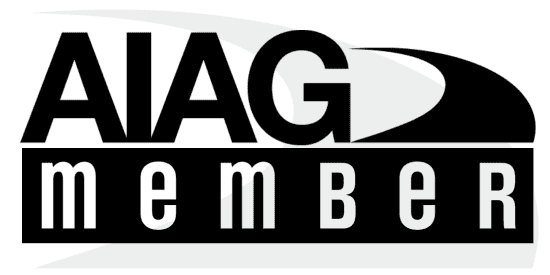Redefining Long-Haul Trucking: The Shift Toward Regional and Alternative Powertrains

picture: NACFE
The trucking industry is undergoing a significant transformation as the traditional long-haul model evolves toward regional, return-to-base operations. The North American Council for Freight Efficiency (NACFE) advocates redefining Class 8 long-haul trucking to include both over-the-road and long regional-haul operations. With increasing demand for alternative-fueled vehicles, the transition to battery-electric, hydrogen, and hybrid powertrains is accelerating, making infrastructure and operational strategies crucial for the industry’s future.
The Evolution of Class 8 Long-Haul Trucking
Historically, long-haul trucking has been synonymous with over-the-road (OTR) operations, where drivers spend extended periods away from home, utilizing sleeper cabs for rest. However, recent trends indicate a growing shift toward regional return-to-base models, allowing fleets to optimize logistics and improve driver retention. According to NACFE, about 40% of Class 8 highway tractors are day cabs, reinforcing the industry’s pivot toward shorter, more structured routes.
The modern trucking landscape is not a one-size-fits-all market. Fleets are embracing a more diverse set of operational models, categorized by trip distance:
- Short Regional Haul: Typically up to 100 miles round-trip
- Medium Regional Haul: Approximately 300 miles round-trip
- Long Regional Haul: Up to 600 miles round-trip
While OTR trucking remains essential for certain applications, NACFE suggests that a broader definition of long-haul should encompass these extended regional hauls, particularly as alternative fuel options become more viable.
The Role of Alternative Powertrains
The transition away from diesel is at the heart of NACFE’s vision for the future. Today’s diesel-powered Class 8 trucks can travel nearly 1,600 miles on a full tank, while most battery-electric trucks have a range of approximately 250 miles per charge. However, new advancements, such as the Tesla Semi’s demonstrated 410-mile range, show that electric trucks are becoming increasingly viable for longer routes.
Other emerging technologies include:
- Hydrogen Fuel Cells: Offering extended range capabilities with faster refueling than battery-electric options.
- Renewable Natural Gas (RNG): Providing a bridge between traditional fossil fuels and sustainable energy.
- Hybrid Solutions: Combining electric and internal combustion engines for greater efficiency.
As part of its Run on Less – Messy Middle initiative, NACFE is actively collecting real-world data from fleets utilizing multiple powertrain solutions. This project aims to clear up uncertainties surrounding alternative-fuel adoption and infrastructure requirements for long-haul operations.
Infrastructure and Operational Considerations
A key challenge in electrifying long-haul trucking is infrastructure readiness. The industry must invest in:
- Fast-charging networks to support battery-electric trucks on extended routes.
- Hydrogen refueling stations along major freight corridors.
- Fleet management strategies that align with available energy sources, optimizing routes and vehicle utilization.
One approach being explored is return-to-base electrification, where fleets establish centralized charging hubs to support daily operations. This model aligns with the growing trend of regional haul and could be a stepping stone toward broader adoption of zero-emission trucks.
The Future of Long-Haul Trucking
Long-haul trucking is evolving rapidly, driven by shifting logistics patterns, driver preferences, and decarbonization goals. NACFE’s research suggests that a redefined approach to long-haul trucking—one that integrates regional return-to-base models with alternative powertrains—can help fleets improve efficiency while reducing environmental impact.
Upcoming events like Run on Less – Messy Middle (2025) will provide crucial insights into how these technologies perform under real-world conditions, helping industry leaders make informed decisions about the future of their fleets.
For a deeper dive into NACFE’s findings, read the full white paper: link


